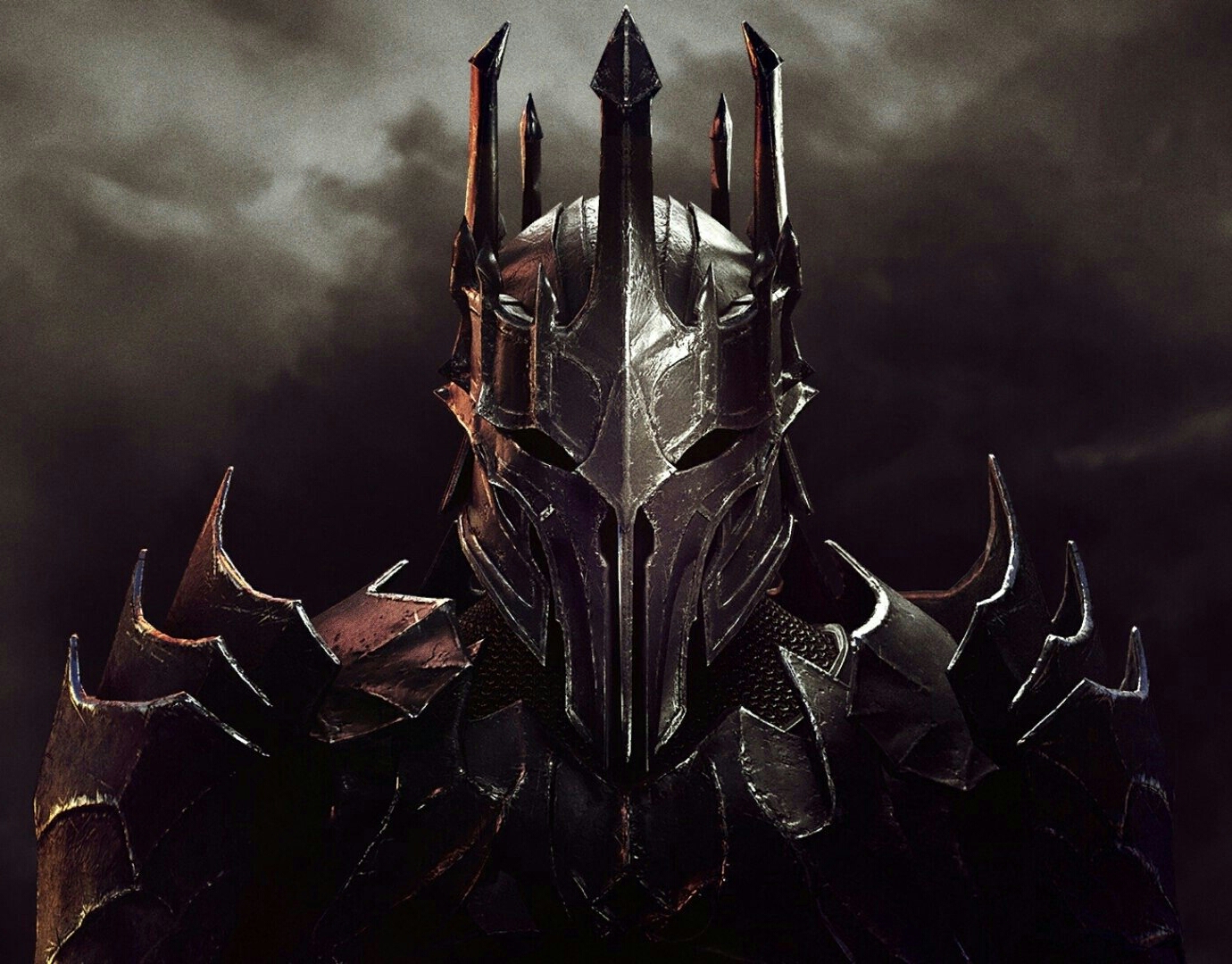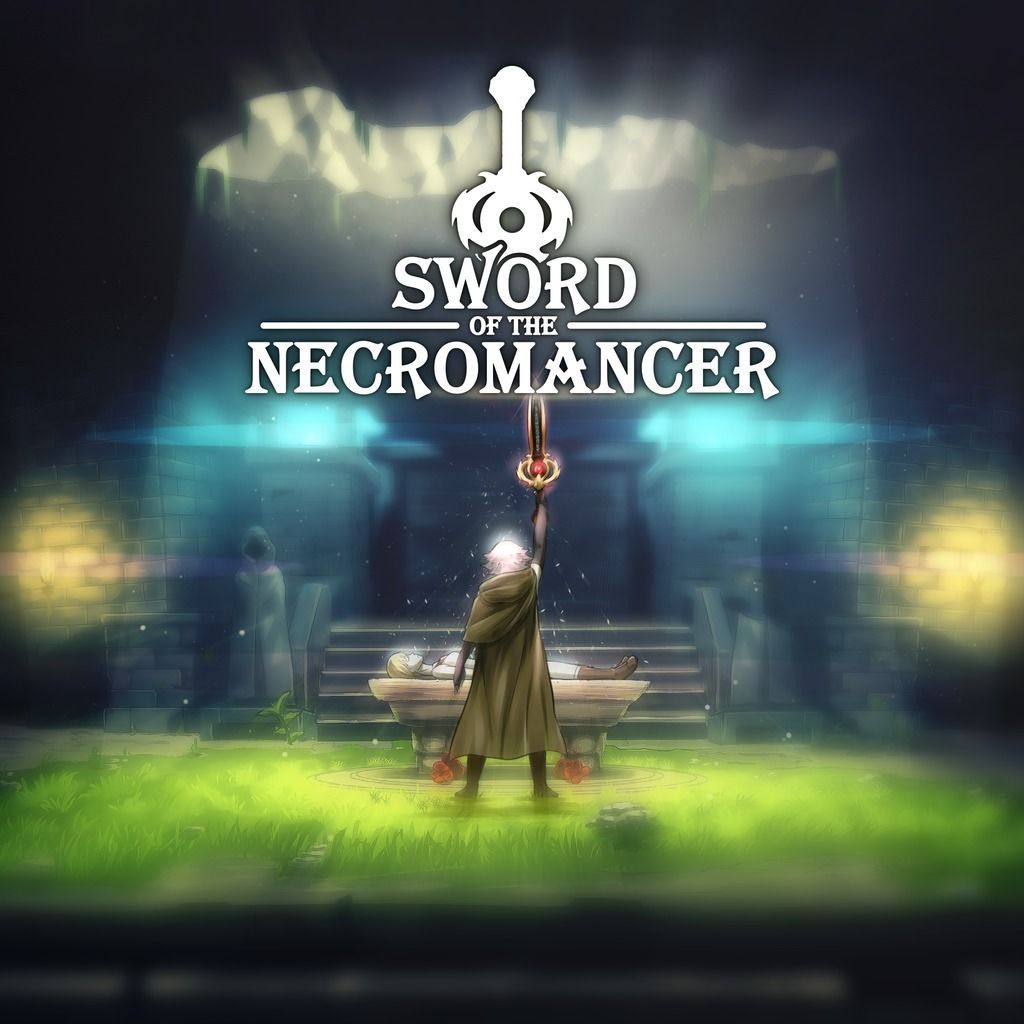
This restrictiveness makes the unique mechanic of the game feel intrusive and as though it’s discouraged. That could be a monster you’ve been leveling up for three floors or a healing potion that you might need for the boss.Īre you a member of the Cursed Rich Family? This means if you find a weapon or an item that you like the look of, but all of your slots are full, you have to discard one thing and lose it forever. In reality, you can only carry three items because the eponymous sword takes up one slot. “Items” include weapons, potions, equipment, and even monsters, and these are all mapped to the face buttons. The idea of having a few creatures to fight at my side got me excited for the possibilities of creating combinations of teams to compliment whatever weapons I was using.īut you never really get a chance to experiment because you can only carry four items on you at any time, and it’s this restrictiveness where Sword of the Necromancer truly falls.

They could take damage for me when I was low on health so I could find hearts or maybe a new weapon. Recruiting my first monster and throwing them out to take care of the enemies in the room gave me time to explore and not worry about being overwhelmed.

You can also store the monsters in the chest back at the hub if you leave via a portal or rope.Īt first, I enjoyed this extra layer of strategy. There are also multiple variants of the dungeon residents, either with different buffs to their attack or magic, elemental properties, or even negative effects like reduced damage or critical percentage. Certain creatures are built to tank, and others’ sole function is to heal or buff you. Using the titular sword, Tama can resurrect any defeated monster and recruit them to fight at her side. These roguelike elements are nothing new, but there’s a unique wrinkle that makes Sword of the Necromancer stand out.

Tama and Koko’s relationship is told through flashbacks, with cute anime-style art to boot. You can then use the hub to store any preferred items that you think will come in handy on a later run. You can leave the dungeon without losing progress by finding an escape rope or finding a green portal in the dungeon. If you die, you have to start from the first floor, though the developers have confirmed changing this in an upcoming patch. If you die at any point during your run, you lose all items you have on you and half of your experience (you can, however, turn these functions off if you die three times). There are five dungeon floors, with up to ten randomly-generated rooms on each, and the goal is to find the key to reach the boss, defeat it, and then move on to the next floor. Diving into it, you start at the altar in the crypt, which is your hub. I was so happy to see a genuine, queer relationship as the focus of the story, even with a by-the-numbers plot.īecause of this, it’s especially disappointing that the rest of the game doesn’t deliver on its promises. It was lovely to watch them grow throughout the flashbacks and get closer as a couple. Even with the clumsy, un-engaging story, it’s difficult not to root for Tama and Koko, even when they’re beholden to tired archetypes. Their relationship is told through flashbacks as you progress through the game, which show them meeting for the first time, embarking on a pilgrimage together, and eventually falling in love. But what keeps it barely held together is the relationship between Tama and Koko, who are the heart of the game. The story itself is nothing special, filled with clumsy writing, meta-references, and awkward dialogue that feels out of place.
SWORD OF THE NECROMANCER WALLPAPER FULL
Armed with the “Sword of the Necromancer,” Tama must unlock the sword’s full power by finding the Necromancer at the bottom of the crypt. Tama, a former rogue and now-bodyguard to the priestess, and love of her life, Koko, has to delve into the Necromancer’s crypt to bring her lover back from the dead. It’s frustrating, then, that the representation doesn’t get the game it deserves. But Grimorio of Games instead lets its two queer, female characters take centre stage without challenging their sexuality or gender. Growing up, the only times women got to be the heroes, they were often uncomfortably oversexualised or only able to succeed because of a man’s help. Sword of the Necromancer is the kind of game I’ve wanted to see for ages: one that takes a heteronormative story (the princess and bodyguard) and gives it a sapphic twist.


 0 kommentar(er)
0 kommentar(er)
